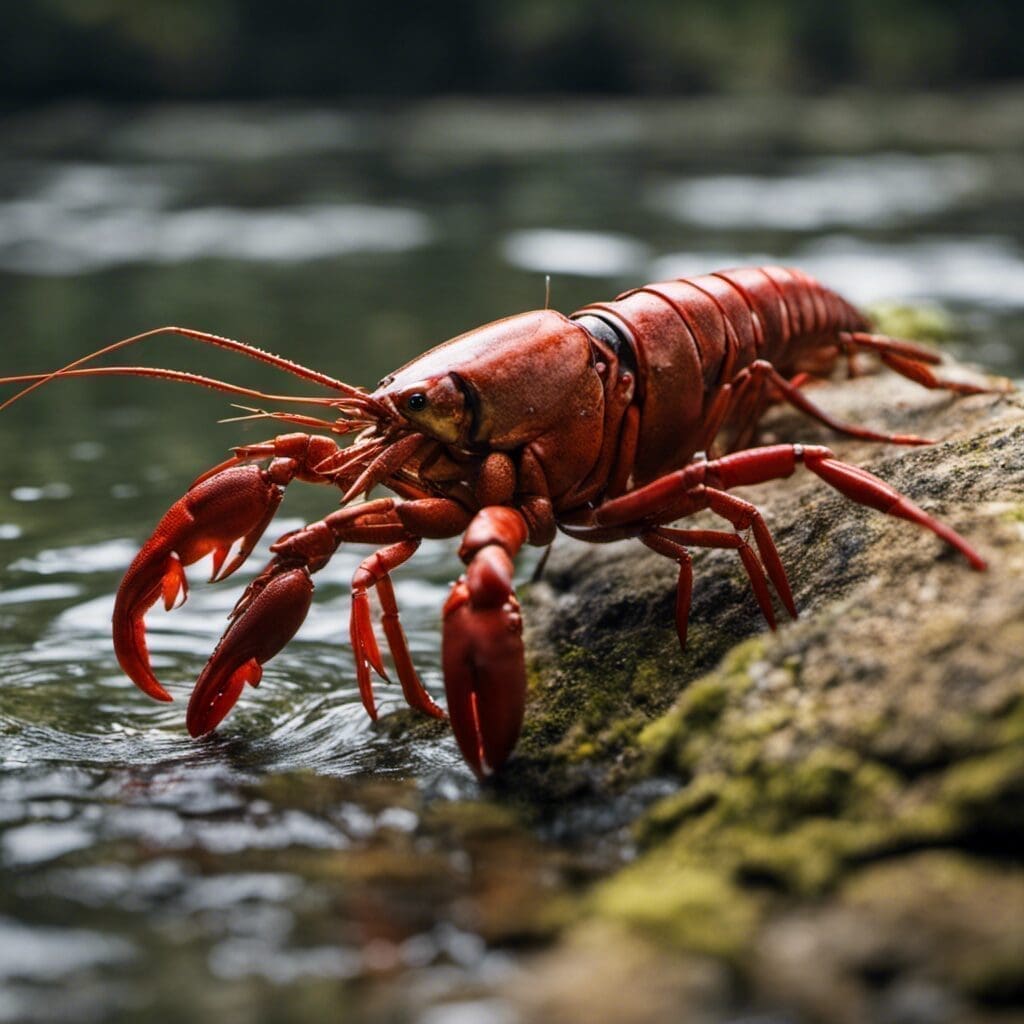Introduction
Crayfish, also known as crawfish, crawdads, and mudbugs, belong to the family Cambaridae. A creature of fresh river and sea waters alike, they are generally small, freshwater crustaceans.
Conservation Status
Many species of crayfish are neither endangered nor threatened but have a stable conservation status. However, certain species, including the White-clawed Crayfish (Austropotamobius pallipes), are classified as endangered. Active conservation measures are in place to protect these species from extinction. This primarily involves habitat restoration and preservation.
Statistics
| Feature | Average | Range |
|---|---|---|
| Length | 7.5 cm | 2-10 cm |
| Weight | 45 g | 28-60 g |
| Life Span | 3-8 years |
Distribution
Crayfish can be found in various regions around the world, with a significant presence in North America, Europe, and Asia. They have a remarkable ability to adapt and migrate in response to changes in their habitat and seasonal variations.
Habitats
The main habitat of crayfish is fresh water, but they can also be found in saltwater environments such as brackish water bodies. They enjoy muddy places with lots of rocks to inside hide underwater. The temperature range they can tolerate widely varies among species, but many thrive in waters between 10 to 25 degrees Celsius.
When and Where to See
Crayfish are mostly nocturnal and are best observed during the night or early in the morning. Seasonally, they are very active during the spring and fall.
Best Fishing Locations
If you’re interested in catching crayfish yourself, here are the top 5 places to do so:
- Lake Maurepas, Louisiana
- Manchac Swamp, Louisiana
- Bayou Bartholomew, Arkansas
- Atchafalaya River Basin, Louisiana
- Lake Pontchartrain, Louisiana
How to Catch
Using meat or fish bait in a crayfish trap is the most common way to catch them. For fishing, the best times are during their active periods, which are early morning and late evening.
Identification Guide
Crayfish are easily identifiable with their strong, articulated pincers, and a hard exoskeleton that covers their segmented body. They possess a distinctive coloration ranging from brown to red, depending on the species and habitat. Similar crustaceans, including lobsters, are saltwater species and cannot survive in freshwater for an extended period.
Culinary
Crayfish are a delicious and nutritious food source, rich in protein and vitamins. They are commonly used in dishes like crayfish boils and etouffees. Crayfish meat has a sweet, slightly nutty taste.
Additional Information
Crayfish are omnivorous and feed on animals and plants, both living and dead. Their natural predators include fish, reptiles, birds, and humans. As for cultural significance, crayfish are tied to many regional culinary traditions, particularly in the southern United States and Scandinavia.

